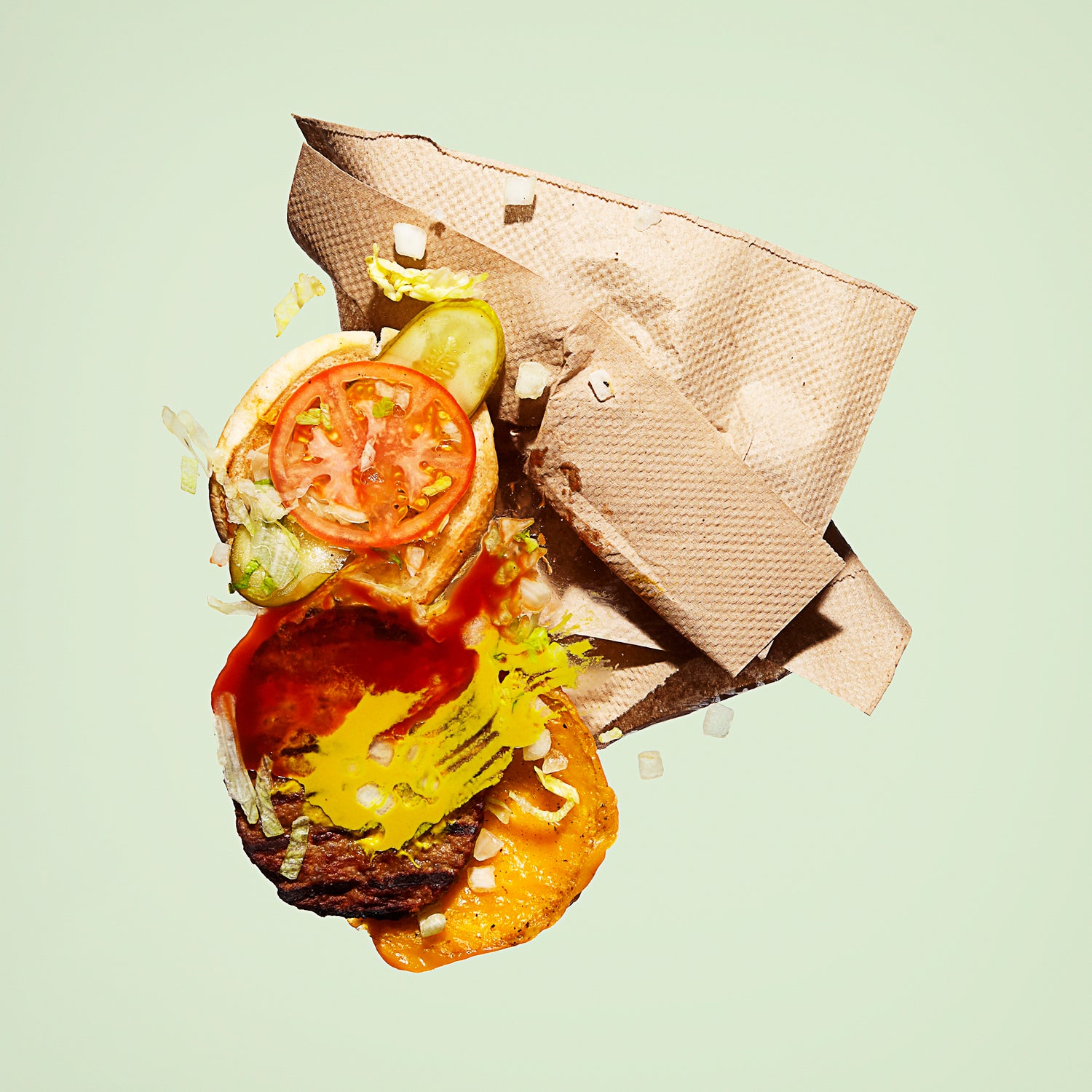Last March, I drove two hours north from my home in Atlanta with six Chick-fil-A sandwiches and a big bag of waffle fries. I parked in a pullout off Route 76, where the Appalachian Trail crosses the highway at Dicks Creek Gap, and waited for the northbound through-hikers: wide-eyed, unhurried, odiferous folks who’d trudged about 70 miles from Springer Mountain, or 3 percent of the total trail length, toward Mount Katahdin, in Maine.
I wasn’t the only one to show up at that spot with what hikers refer to as “trail magic.” There was already a group of smiling students from nearby Young Harris College doling out hot dogs, burgers, soda, apples, and chips in what’s called a hiker feed. “We’ve probably served 25 through-hikers today,” said an environmental-engineering sophomore named Shannon Flynn. “One guy said he was hiking to restore his faith in humanity, and trail magic was helping do that.”
It’s hard to dispute that these sorts of acts make both giver and receiver feel good. In 2003, when I was a 21-year-old A.T. through-hiker (trail name: Rocky), I remember my shock at discovering beer chilling in a stream or at waking to find a stranger flipping pancakes or making coffee. These were wildly serendipitous events that I neither expected nor felt I deserved.
But many no longer find this phenomenon so magical. Andrew Downs (trail name: Digger) through-hiked the A.T. in 2002 and is now a regional director of the nonprofit . He told me that the hiker feeds I witnessed last spring have become the new normal. “We’re at a tipping point,” he says. “Oblivious burger-flippers are pouring beer down the throats of expectant hikers at every road crossing in Georgia in March and April.”
The , the National Park Service, the Forest Service, and the Leave No Trace Center for Outdoor Ethics are also concerned. “Trail magic takes away from the self-sufficiency needed to undertake a six-month journey,” says Ben Lawhon, education director at . “In our modernized world, these opportunities are fewer and farther between.”
What’s worse is leaving food caches in the woods, which can lead to wildlife and waste-management problems. Last year, Lawhon says, somebody loaded up four one-gallon ziplock bags with trail mix and other snacks, and “precariously placed them on a wooden trail sign” on the A.T. Two were torn into by wildlife.
Even leaving water, some argue, can cause problems, as it becomes a source of convenience rather than a lifesaver in an emergency. “I for one don’t want to see a future where every road crossing has an RV stationed to meet hikers,” says Jack Haskel, the Pacific Crest Trail Association’s information specialist.
Downs and the Appalachian Trail Conservancy have been using social media to encourage the cautionary slogan “more fools, more rules”—meaning that an abundance of people misbehaving on trails, be they hikers or helpers, could lead land-management agencies to institute quotas and fees to keep crowd sizes down. They’re also pushing a social-media campaign called that allows hikers in the field to exchange pendants rewarding self-sufficient behavior. The key, says Downs, is to educate the public about the A.T.’s purpose, which is to provide a wilderness experience. According to Lawhon, trail angels should direct their efforts toward pressing needs like trail maintenance. “Cooking burgers for someone is nice,” he says. “But if no one helps take care of the trails, there won’t be any.”
By the Numbers
Through-hiking the A.T. is hungry work.
5,000��
Average calories burned per day.
24.3��
Pounds of foraged blueberries required to restore that amount.
9.1��
Packages of Mountain House Chicken Teriyaki.
6.4
McDonald’s Double Quarter-Pounders with Cheese.


